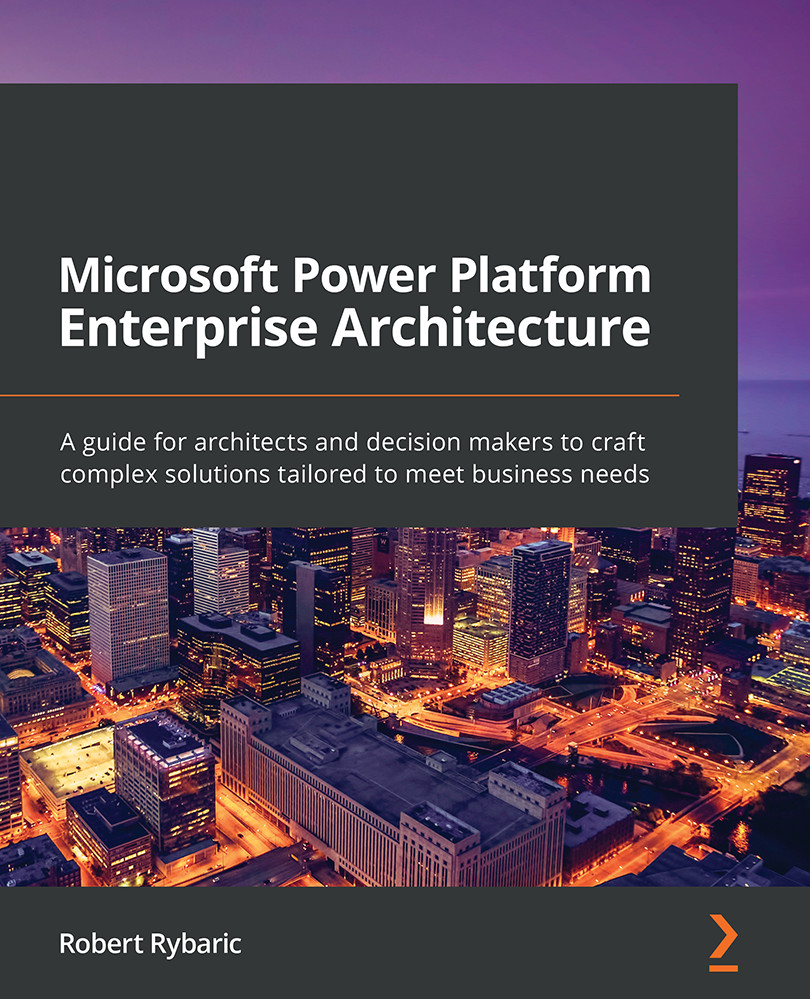Understanding authentication
In this section, we will describe the details of authentication in the Microsoft cloud ecosystem, which is generally valid for all Microsoft cloud services, including Power Platform. First, we will cover the authentication of internal organizational users and then look at the authentication capabilities for guest and external users.
Understanding identity and authentication solutions for internal users
Every internal user must be a member of the tenant's AAD. Organizations can decide to use cloud identities only, where user management can be performed solely within AAD. Large organizations with complex internal IT infrastructure, however, require a certain level of integration for their existing on-premises active directory structures with the cloud. There are many reasons for this, but mainly, the requirements are to keep a consolidated process of provisioning user identities and to keep full control of security within its own boundaries. There...












































































